Types of Chillers
- Water-Cooled Chillers. A water-cooled chiller pulls water into an evaporator through a primary return. …
- Air-Cooled Chillers. An air-cooled chiller operates similarly to a water-cooled chiller. …
- Scroll Chillers. …
- Screw Chillers. …
- Explosion-Proof Chillers. …
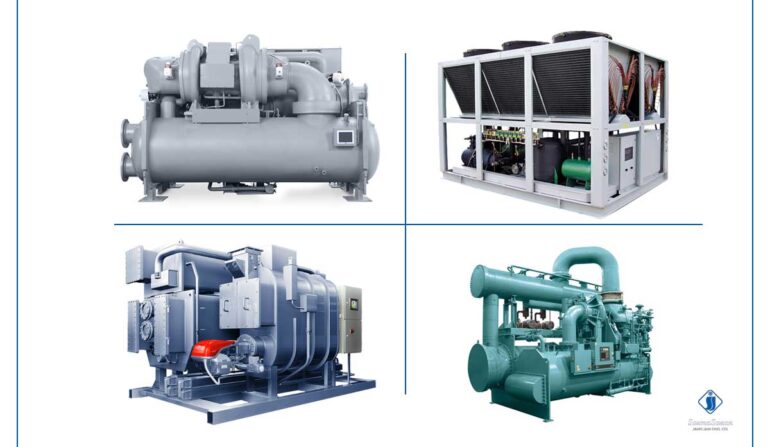
- Low-Temperature Chillers. …
- Glycol Chillers.
Based on the kind and function of the chiller, choose the appropriate one
What’s a chiller, exactly?
Prior to selecting any gadget, have a general understanding of it and learn about its customs and ways of doing things. This will help you make wiser decisions and fulfill your needs more effectively. It is unnecessary to use anything other than a break-down device, especially a costly appliance like a chiller, which is made to last a long time and need to be replaced eventually.
Air cooling, temperature control, air disinfection, and humidity control are all functions of the chiller, one type of air conditioner. The chiller accomplishes its primary purpose of releasing heat and promoting heat transmission with the aid of thermodynamic rules.
Choosing a chiller based on the kinds of chillers that are on the market Various chillers exist based on distinct standards. In a nutshell, the following is what we get to when classifying chiller criteria: Cycle and overall chiller mechanism Compressor geometry Condenser functioning types of chillers in regard to their general mechanism and cycle From this angle, two categories are defined: compression chillers and absorption chillers. Compressors are a component of compression chiller architecture since their primary use is on the steam compression shaft. In contrast, absorption chillers employ an absorber or absorber for their cycle, and the compressor in this chiller is replaced by a set of three-digit equipment that includes a generator, pump, and absorber. Thus, absorptions.
After years of testing and investigation, lithium bromide—which is less harmful to the environment but still polluting—is regarded as the best adsorbent for this purpose and is one of the most often used adsorbents in absorption chillers. Thus, those who are concerned about the environment might select a different kind of chiller.
The amount of energy that compression chillers and absorption chillers use is another distinction. While absorption chillers rely on gas, thermal energy, or fossil fuels, compression chillers use electronic energy. Thus, absorption chillers can be used in locations with certain geographic characteristics, particularly in areas without easy access to a big source of electronic energy.
Chiller classification based on condenser performance
Condenser performance is the factor that makes two types of cold water and cool air for chillers. This means that the chiller uses water or air to dissipate heat and cool its condenser.
If the chiller uses air to cool its condenser, it takes the name of cool air chiller. Because of the high volume of heat dissipated from the cool air chiller, this unwanted heat dissipation is usually used positively in another process. For example, industrial activities or residential buildings can provide some of the heat they need to perform any process or generate heat from the same heat dissipated by the condenser.
So far we have found that the condenser uses air to cool itself. In fact, it transfers its heat to the open air around it. Due to this way of working, it is necessary to install cool air chillers in large open spaces or at least with a suitable area. Also, the presence of a fan in this type of chillers can be somewhat annoying noise pollution. Therefore, it is necessary to be very careful at the point of installation according to the use of the building in which the chiller is to be installed.


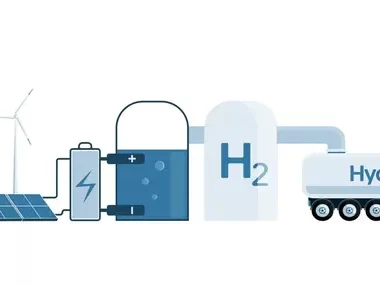
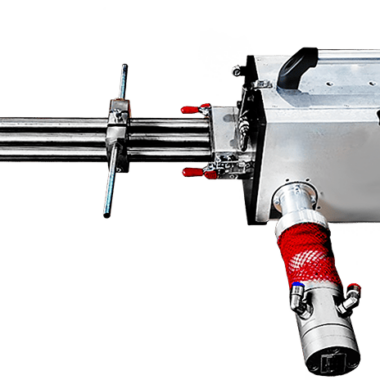
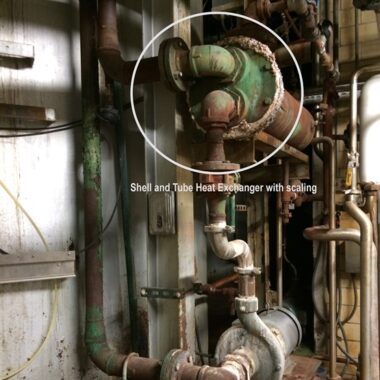
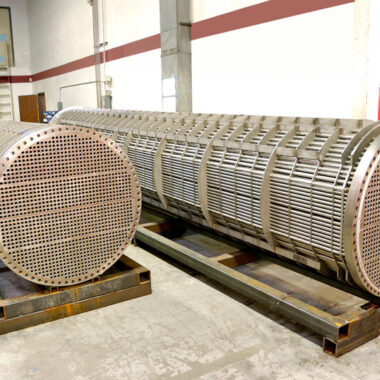
Types of Chillers and Its Usage - Cool Fab Equipments January 22, 2024 at 9:51 pm
[…] Chillers come in various types, each designed for specific applications based on factors such as cooling capacity, energy efficiency, and the nature of the cooling load. Here are the different types of chillers and Its usage: […]
A Beginner's Guide to Chillers - Cool Fab Equipments February 02, 2024 at 5:24 pm
[…] businesses, giving essential cooling for forms, equipment, and spaces. If you’re new to the world of chillers, here’s a beginner’s guide to chillers, which direct to help you understand their […]
Understanding Chiller Types - Cool Fab Equipments February 16, 2024 at 7:43 pm
[…] Understanding the chiller types is the basic for selecting the most appropriate cooling arrangement for different applications. Chillers are categorized based on their cooling strategies, refrigerant sorts, and compressor advances. Here’s an outline of the common types of chillers: […]
Powder Plate Chiller - Cool Fab Equipments February 27, 2024 at 3:16 pm
[…] powder plate chiller, also known as a plate heat exchanger, is a specialized cooling device planned to effectively cool […]
Innovations in Pharmaceutical Chiller Technology - Cool Fab Equipments February 29, 2024 at 11:15 am
[…] Innovations in pharmaceutical chiller innovation have been pivotal in improving the effectiveness, reliability, and security of cooling systems utilized in pharmaceutical fabricating, inquire about research facilities, and healthcare offices. These advancements address the industry’s evolving needs for exact temperature control, energy efficiency, administrative compliance, and sustainability. Here are a few striking developments in pharmaceutical chiller technology: […]
What is the difference between a chiller and an Air Conditioner? - Cool Fab Equipments April 01, 2024 at 5:26 pm
[…] most difference between a chiller and an air conditioner lies in their primary work and the scale at which they […]
Milk Chiller - Cool Fab Equipments June 24, 2024 at 12:53 pm
[…] milk chiller is an fundamental piece of equipment in dairy farming and milk preparing facilities. It makes a […]
Types Of Chiller and Its Usage - Cool Fab Equipments August 06, 2024 at 2:24 pm
[…] of a vapor-compression or retention refrigeration cycle. Here’s an diagram of the primary types of chiller and its usage […]
Maximizing Efficiency with Variable Speed Drive Chillers(VSD) - Cool Fab Equipments August 26, 2024 at 8:25 am
[…] Variable Speed Drive (VSD) chillers are cooling systems equipped with a variable frequency drive (VFD) that adjusts the speed of the compressor motor. This means the chiller can vary its speed to match the actual cooling demand, optimizing energy use and reducing unnecessary power consumption.Types of Chillers […]